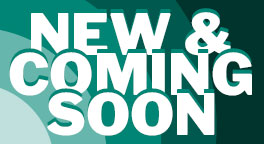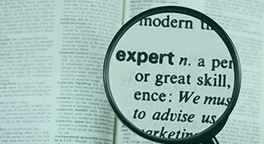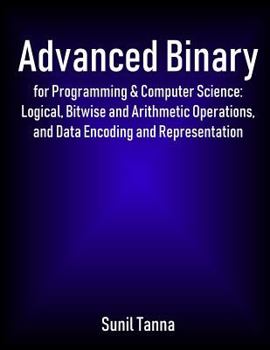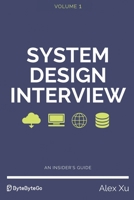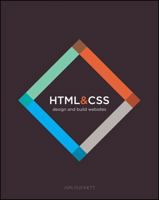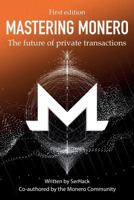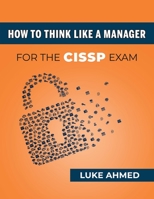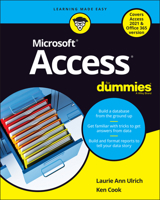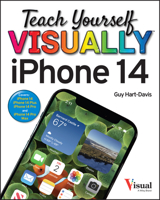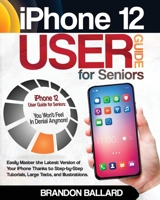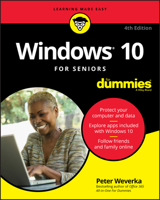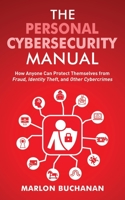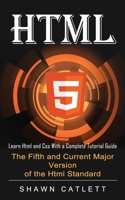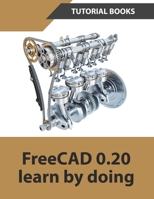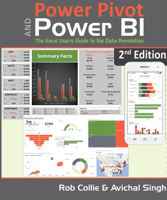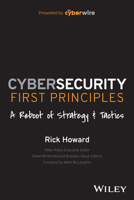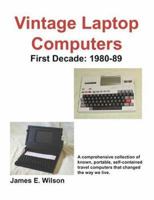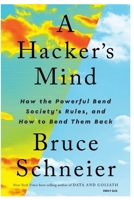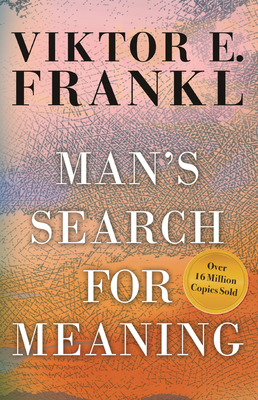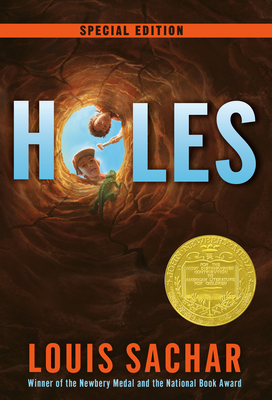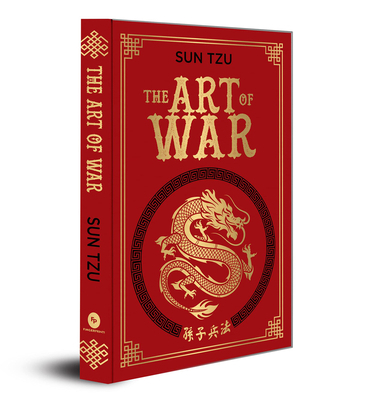Advanced Binary for Programming & Computer Science: Logical, Bitwise and Arithmetic Operations, and Data Encoding and Representation
This book explains how the binary works and how it is used by computers to represent information including positive and negative integers, characters and real numbers. It explains the logical and bitwise operations used to manipulate information and perform arithmetic. We also briefly look at how computers store this information in memory and secondary storage, and how it can be transmitted between computers.Topics covered include: INTRODUCING NUMBER BASES AND BINARYCONVERTING FROM BINARY TO DENARY AND VICE-VERSAHow to Convert a Binary Number to DenaryHow to Convert a Denary Number to BinaryHOW COMPUTERS GROUP BINARY DIGITSA Closer Look at BytesA Closer Look at Words * Word alignment, word alignment and packing, byte ordering and endianness AddressesBOOLEAN OPERATIONS AND LOGIC GATESFundamentals of Boolean Algebra* NOT, AND, OR, XOR, NAND, NOR, NXORCombining Logic Gates* NOT, AND, OR, XOR, NOR using NAND logicLogical Versus Bitwise OperationsUsing Bitwise Operations to Set, Clear, Flip or Test Bits* Setting bits, inverting bits, clearing bits, testing bitsADDING AND SUBTRACTING IN BINARYAdding Binary Integers* The column addition method of adding denary numbers and adding binary numbers, implementing binary addition using logic gatesSubtracting Binary Integers* The column subtraction methods of subtracting denary numbers and subtracting binary numbers, implementing binary subtraction using logic gatesSHIFT OPERATIONSLeft ShiftRight ShiftCircular ShiftsMULTIPLICATION AND DIVISION IN BINARYMultiplication* Multiplying by a power of 2, column multiplication, Russian peasant multiplication algorithm, multiplication in hardwareDivision* Dividing by a power of 2, denary long division, binary long division, algorithm for binary long division, division in hardwareREPRESENTING CHARACTERS AND STRINGS OF CHARACTERSRepresenting Individual Characters* ASCII, extended ASCIIs, BCDIC and other early character encodings, EBCDIC, UnicodeRepresenting Strings of Characters* Terminated strings, length-prefixed strings, other string representationsREPRESENTING TEXT AND GRAPHICS ON SCREENText Mode DisplaysBitmap DisplaysPARITY CHECKINGWhat is a Parity BitEven and Odd ParityAdvantages, Disadvantages and Limitations of Using Parity CheckingParity's Use in RAID Storage DevicesUnused Parity BitsSIGNED INTEGERSOffset BinarySigned Magnitude RepresentationOne's ComplementTwo's ComplementOther Representations of Signed Numbers* Base -2, signed-digit representationREAL NUMBERSFixed Point RepresentationFloating Point RepresentationRational Data TypeLogarithmic Number SystemsDENARY ENCODINGS AND DECIMAL DATA TYPESWhy Use Denary Representations of Real Numbers?Binary Encodings of Denary * Serial decimal, two-out-of-five, bi-quinary, character-based encodings of denary, binary-Coded Decimal (BCD), Chen-Ho Encoding, Densely Packed Decimal (DPD) and excess-3Decimal Data Types* Which numbers can be exactly represented in fixed and floating point?* How inexact?* Issues with inexact representation* Decimal representationDATA STRUCTURESStructsArraysLinked Lists and More Complex Structures* Limitations of arrays, introducing linked lists, singly and doubly linked lists, more complex data structuresTYPES OF COMPUTER MEMORYMagnetic-Core Memory and Core Rope MemoryRAM* DRAM and SRAMROM* Mask-programmed ROM, PROM, EPROM, EEPROM, Flash memorySECONDARY STORAGESequential Storage* Punched tape, magnetic tapeRandom Access Storage* Magnetic disk, optical disk, solid state drives, flash memory and cloud StorageMEASURING MEMORY AND STORAGEDIGITAL COMMUNICATIONSSerial CommunicationParallel CommunicationMEASURING TRANSFER RATESBau
Format:Paperback
Language:English
ISBN:1726352641
ISBN13:9781726352642
Release Date:August 2018
Publisher:Createspace Independent Publishing Platform
Length:190 Pages
Weight:1.72 lbs.
Dimensions:0.5" x 8.5" x 11.0"
You Might Also Enjoy
Customer Reviews
0 customer rating | 0 review
There are currently no reviews. Be the first to review this work.




